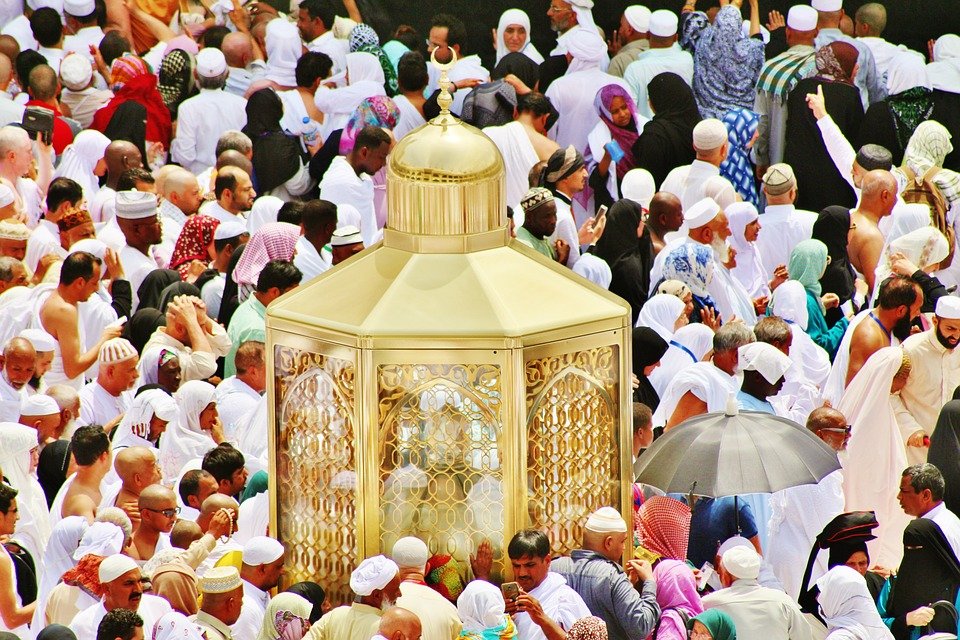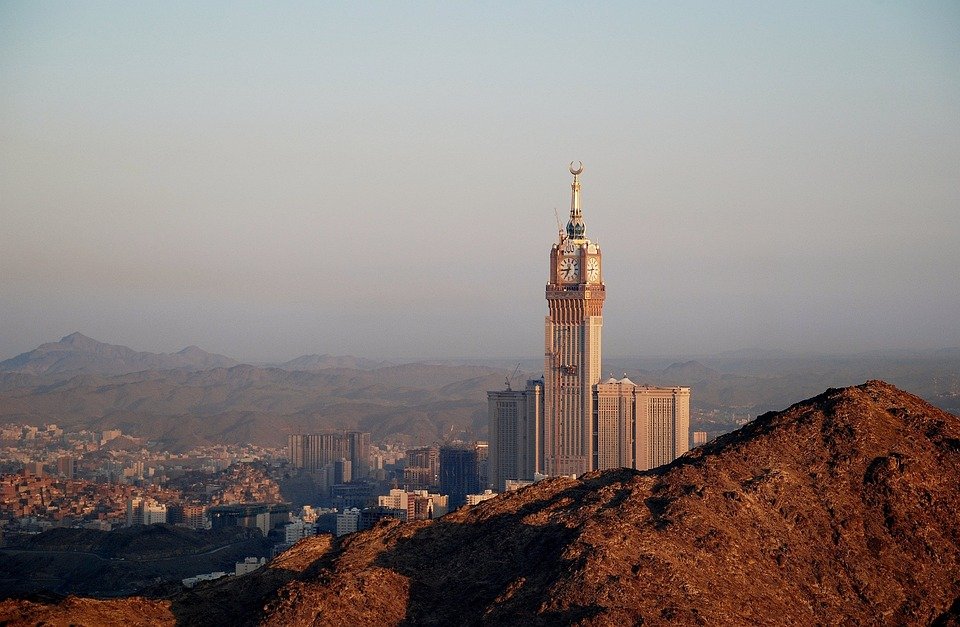You are here to read: Why Does It Rain During Hajj? Exploring Weather Patterns – A Thoughtfully Written Guide Offering Spiritual Wisdom and Travel Advice for Every Pilgrim who is going on holy journey of Hajj or Umrah.
Why does it rain during Hajj? This intriguing question draws the attention of many pilgrims and researchers alike. In this article, we promise to provide you with a clear guide to understand the weather patterns that affect this sacred time. As pilgrims gather in Makkah for Hajj, the phenomenon of rain can often seem unusual, but it carries significance worth exploring. I believe that by the end of this article, you will have a solid understanding of why it rains during Hajj and how it impacts the pilgrimage experience.
Understanding the significance of “why does it rain during Hajj” enriches our appreciation of this vital religious observance. Rain serves as a reminder of Allah’s mercy and often brings a sense of tranquility to those gathered for worship. At Airlinkhajjandumrah.com, we leverage nine years of expertise in the Umrah and Makkah-Madinah travel field to provide you with reliable insights. In my opinion, knowing the reasons behind the weather changes enhances our spiritual connection and prepares us for the unique experiences during Hajj. We look forward to guiding you through this fascinating aspect of your pilgrimage.
Why Does It Rain During Hajj? Exploring Weather Patterns
Understanding Hajj and Its Timing
Hajj is a significant pilgrimage for millions of Muslims around the world. Every year, people flock to the holy cities of Makkah and Madinah to perform a series of rituals. These rituals take place during specific days in the Islamic calendar, specifically in the month of Dhu al-Hijjah. The date of Hajj changes each year because the Islamic calendar is lunar. As a result, the weather can vary greatly from year to year.
In many regions, summer heat fills the air, which can make outdoor activities quite challenging. However, rainfall during Hajj can change everything. While we might think that rain disrupts plans, it can also bring a refreshing break from the heat. People often wonder: why does it rain during Hajj? Exploring this topic reveals the complex interplay of weather patterns and geographical factors that contribute to rainfall during this important time.
The Climate of Makkah and Madinah
Makkah and Madinah, located in Saudi Arabia, have a desert climate. This means they often experience hot temperatures, especially during the summer months. Daytime temperatures can soar, making the experience of Hajj even more intense. However, these cities are not immune to rain.
Rainfall typically occurs from November to March, which is not during the Hajj season. However, weather can be unpredictable. Sometimes clouds gather unexpectedly, and we might see some drops of rain. The arid landscape is also influenced by nearby mountain ranges, which can cause sudden changes in weather. Wind patterns can bring moisture from the sea, combining with the heat to create conditions for surprises.
The Role of Geography in Rainfall
Geography plays a vital role in rainfall during Hajj. Makkah is surrounded by mountains, creating a unique climate. These mountains can trap moisture-laden winds, causing more rain in certain areas. As wind rises over the mountains, it cools and condenses, leading to precipitation.
You're at the middle of this awesome post at AirlinkHajjandUmrah.com through: Why Does It Rain During Hajj? Exploring Weather Patterns. Keep reading, it gets better!
Additionally, the Arabian Peninsula has various weather patterns influenced by the surrounding seas. The Red Sea and Arabian Gulf can contribute moisture to the air, especially when strong winds blow inland. Even though the main rainfall season doesn’t align with Hajj, it shows us how diverse weather can be.
The Science of Rain
Rain forms when water vapor in the air cools and condenses into droplets. These droplets then become heavy enough to fall to the ground. Understanding this process helps us appreciate how sometimes rain can appear without any warning.
During Hajj, the combination of heat and wind creates conditions ripe for rainfall. The hot air can rise quickly, creating clouds that may lead to short and sudden showers. These brief showers can feel refreshing but also startling for those who are not prepared. We might enjoy the coolness but need to find shelter to keep dry.
Rain and Pilgrim Experience
Experiencing rain during Hajj can be both a blessing and a challenge. Rain can offer comfort from the sweltering heat, turning the environment cooler and more pleasant. This unexpected change can bring joy to the pilgrims. Imagine standing in a large crowd, feeling the raindrops on your face after a long day of rituals. It can be an exhilarating moment!
On the other hand, rain during Hajj can complicate things. People might need to rethink their plans or find places to stay dry. Large crowds add to the complexity, as muddy puddles can form quickly. Pilgrims must exercise extra caution to ensure their safety and that of others.
Preparing for the Unexpected
Weather can be quite unpredictable, so it’s crucial for pilgrims to be well-prepared. Understanding the local climate helps in planning. Even if rain isn’t common during Hajj, having an umbrella, raincoat, or waterproof gear can make a big difference. It’s always better to prepare for unexpected weather shifts.
Pilgrims should also stay updated on local weather forecasts. Even a slight drizzle can affect travel and outdoor rituals. With proper preparation, people can embrace the rain, turning what could be an inconvenience into a refreshing experience.
Conclusion: Embracing Nature’s Surprises
Rain during Hajj serves as a reminder of the beauty and unpredictability of nature. While the odds may favor hot and dry weather, the appearance of rain brings its own unique charm. It reminds us that even during spiritual journeys, we may encounter surprises.
As pilgrims continue their traditions and rituals, embracing rain can become a part of their experience. Whether it’s the joy of cooling drops or the challenge of staying dry, each moment becomes a cherished memory. Nature adds its own layer to this sacred pilgrimage, enriching the experience for everyone involved.
That wraps up Why Does It Rain During Hajj? Exploring Weather Patterns. Thanks for sticking with us till here! Share this: Why Does It Rain During Hajj? Exploring Weather Patterns with your friends.
Check our homepage at Air Link Hajj & Umrah for more awesome updates.
Some interesting posts are: 1: Umrah Mubarak, 2: When is Umrah closed 2026?, 3: When does Umrah start after Hajj 2026?
Mushu, an experienced Saudi Arabia traveler and writer, shares insightful tips and spiritual reflections to enhance Hajj and Umrah journeys for fellow pilgrims. He has been to Makkah and Madina from 2016 to 2023 many times and his posts will reflect this.







